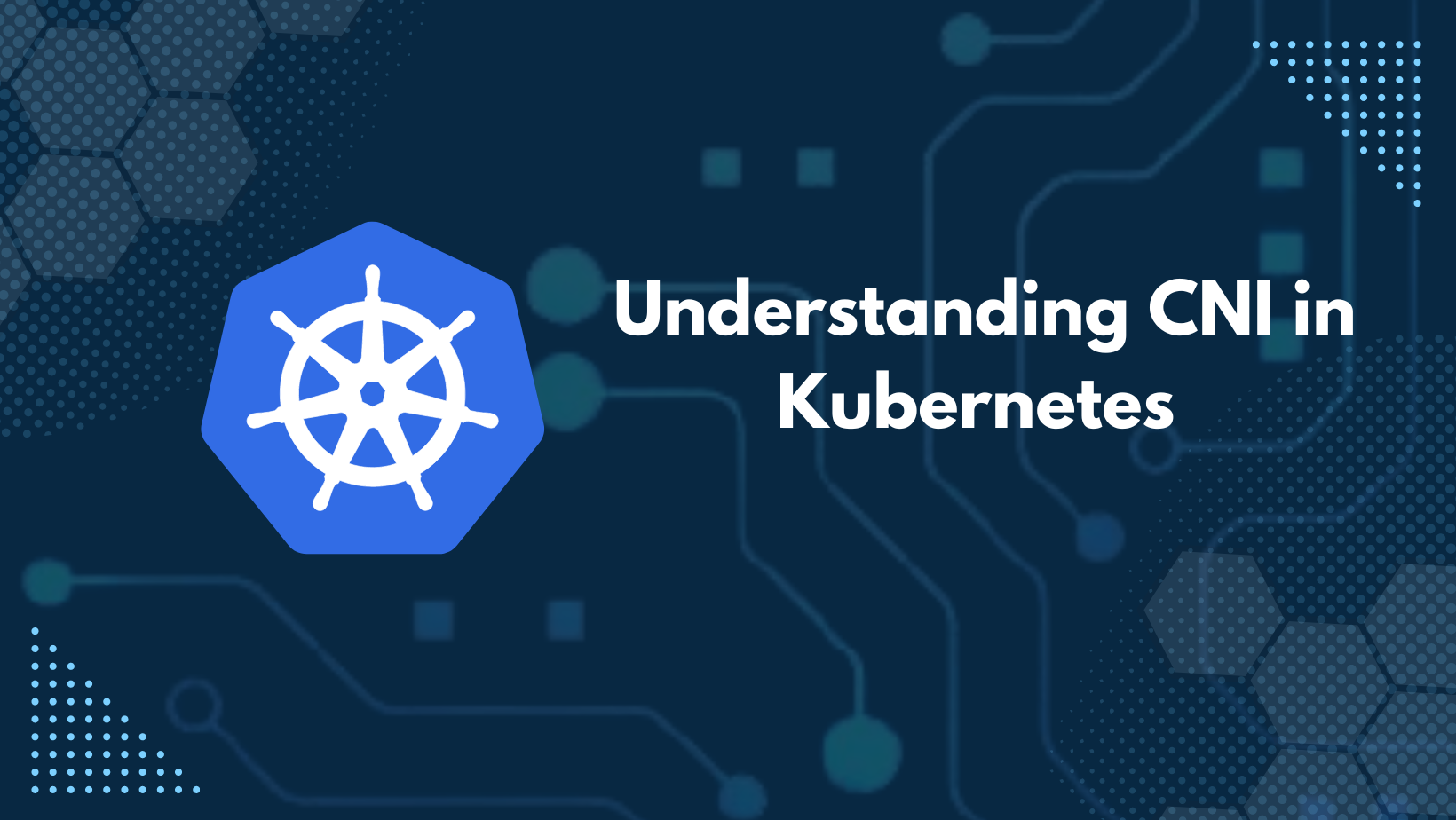Understanding CNI in Kubernetes
 Ashutosh Mahajan
Ashutosh Mahajan
🗼Introduction
In the world of Kubernetes, networking plays a pivotal role in ensuring seamless communication between various components. The Container Network Interface (CNI) is a crucial part of this ecosystem, defining the responsibilities of the container runtime and providing a standardized interface for network plugins. This blog delves into the core concepts of CNI in Kubernetes, its configuration, and its significance.
🗼What is CNI?
CNI stands for Container Network Interface. It is a specification and a set of libraries for configuring network interfaces in Linux containers. Initially developed by CoreOS, CNI is now a part of the Cloud Native Computing Foundation (CNCF). The primary goal of CNI is to provide a simple and robust interface for network plugins, ensuring consistent networking behavior across different container runtimes.
🗼Responsibilities of CNI in Kubernetes
In the context of Kubernetes, the container runtime (which can be Docker, containerd, or any other compatible runtime) has specific responsibilities dictated by the CNI specification. These responsibilities are:
Creating Container Network Namespaces:
- When a new pod is created, Kubernetes needs to set up an isolated network namespace for it. This namespace ensures that the pod has its own unique network stack, separate from other pods and the host system.
Identifying and Attaching to the Right Network:
- Kubernetes identifies the appropriate network namespace and attaches the pod to it by calling the right network plugins. This step is crucial for ensuring that the pod can communicate with other pods and external services.
🗼Configuring CNI in Kubernetes
Proper configuration of CNI is essential for the smooth operation of a Kubernetes cluster. The configuration involves installing the necessary plugins and specifying their usage.
Plugin Installation
All CNI plugins are typically installed in the directory:
/opt/cni/bin
These plugins are executable binaries that the container runtime calls to set up networking for pods.
Configuration Files
The configuration for which plugin to use and how to use it is stored in:
/etc/cni/net.d
This directory contains JSON files that define the network configurations. A typical configuration file might look like this:
{
"cniVersion": "0.3.1",
"name": "my-network",
"type": "bridge",
"bridge": "cni0",
"isGateway": true,
"ipMasq": true,
"ipam": {
"type": "host-local",
"subnet": "10.22.0.0/16",
"routes": [
{ "dst": "0.0.0.0/0" }
]
}
}
In this example, the configuration specifies a bridge network with IP masquerading enabled and uses the host-local IP address management (IPAM) plugin to allocate IP addresses.
🗼Conclusion
CNI is a foundational component in the Kubernetes networking model, providing a standardized interface for network plugins and ensuring consistent networking across different container runtimes. By understanding the responsibilities of CNI and properly configuring it, you can ensure that your Kubernetes clusters have robust and reliable networking.
Subscribe to my newsletter
Read articles from Ashutosh Mahajan directly inside your inbox. Subscribe to the newsletter, and don't miss out.
Written by

Ashutosh Mahajan
Ashutosh Mahajan
Proficient in variety of DevOps technologies, including AWS, Linux, Shell Scripting, Python, Docker, Terraform, Jenkins and Computer Networking. They have strong ability to troubleshoot and resolve issues and are consistently motivated to expand their knowledge and skills through expantion of new technologies.